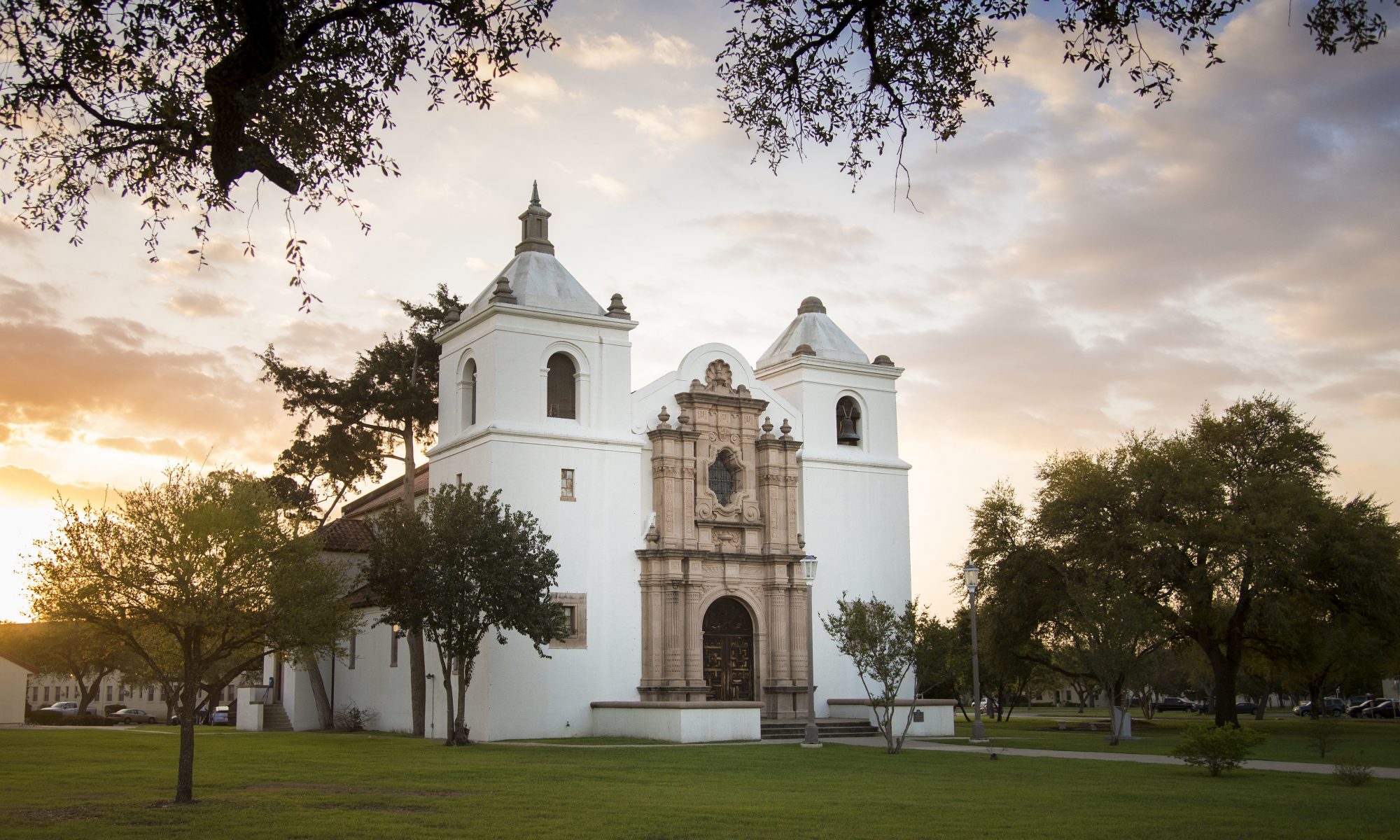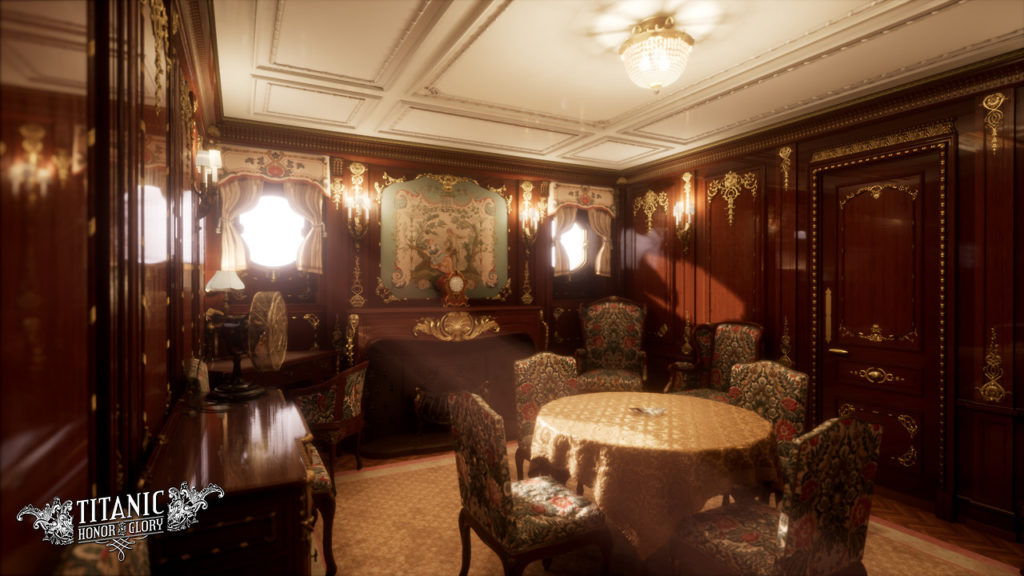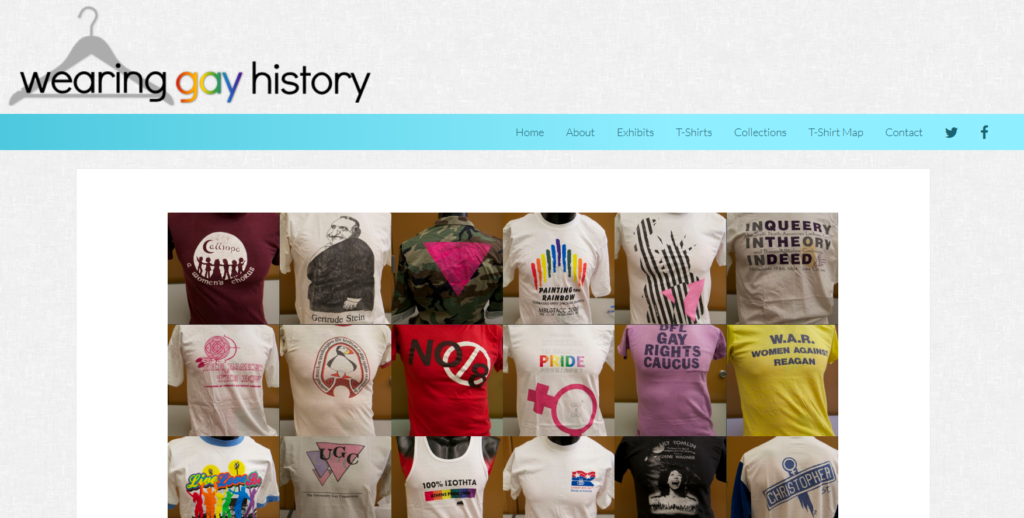Lynching in America. https://lynchinginamerica.eji.org/about Created and maintained by The Equal Justice Initiative with support from Google. Reviewed January 27, 2020.
The Lynching in America project is an interactive site targeting an audience of educators as well as Americans more broadly. It was created by the Equal Justice Initiative (EJI), a nonprofit organization working to fight racial injustice while also providing legal representation to the unjustly incarcerated. Lynching in America’s goal is to educate and relay information regarding the racial terrorism that African Americans endured between the Civil War and World War II. The project also connects the lynchings of the past with more recent forms of racial injustice like the disproportionate sentencing, and the police brutality. The project’s creators hope that by teaching this history the past will not be forgotten and it will not be repeated. In the words of Bryan Stevenson, EJI’s founder, “we cannot heal the deep wounds inflicted during the era of racial terrorism until we tell the truth about it.”
The project consists of six major sections and visitors can easily navigate directly to any of the six after a short introductory message on the home screen. The top three sections contain personal stories and interactive maps while the bottom three contain lesson plans and teaching tools for educators along with information about EJI and their organization’s mission.
A couple of the personal stories connect living family members with one of their family members who was lynched in the past. The videos highlight how senseless and brutal the attacks on African Americans were and how the violence affected those who knew them. Learning that no punishment came to those committing the acts is even more heartbreaking to witness. There is also a video about Anthony Hilton, a man who served thirty years in jail for a crime he did not commit. The officers made it clear that his incarceration was based on his racial identity. The videos are well produced and invoke a range of emotions from sadness to anger to frustration that such systemic racism exists in the modern era. By including Mr. Hilton’s story, the site purposes to show “lynching” can take different forms.
The interactive map section is visually appealing and simple to navigate. The map highlights counties where lynching occurred in different hues of red. By clicking on a highlighted county, the visitor sees how many people were lynched in that county. The map does not tell you anything about the victims lynched in that county unlike Monroe Work Today (http://www.monroeworktoday.org/explore/) which gives details about the victims and their alleged crime. Since databases exist with such data, the info was willfully not included or perhaps an oversight by the site editors. The project is clearly well-researched as the site contains over 300 footnotes but it would be beneficial to include some of the additional data on the people who were lynched.
The inclusion of lesson plans for educators is a useful tool. However, because the project only presents evidence and stories regarding the injustice of African Americans, it alienates the Mexican American and other ethnicities who were victims of racial violence and systemic oppression. For a project called Lynching in America, the American experience the site describes is not inclusive of all marginalized groups. Martin Luther King reminds us:
“Injustice anywhere is a threat to justice everywhere. We are caught in an inescapable network of mutuality, tied in a single garment of destiny. Whatever affects one directly, affects all indirectly.”
I’m not sure if EJI ever plans to expand this project, but further additions would be welcome. It is a well-done project for many reasons. The facts provided are solid. The various video narratives are deeply moving, and the camerawork is exceptional. The information provided on the Great Migration of African American from the South to the North is well written. I am certain that EJI advocates for all people and it would be great if the Lynching in America project reflected that ideology more clearly.



